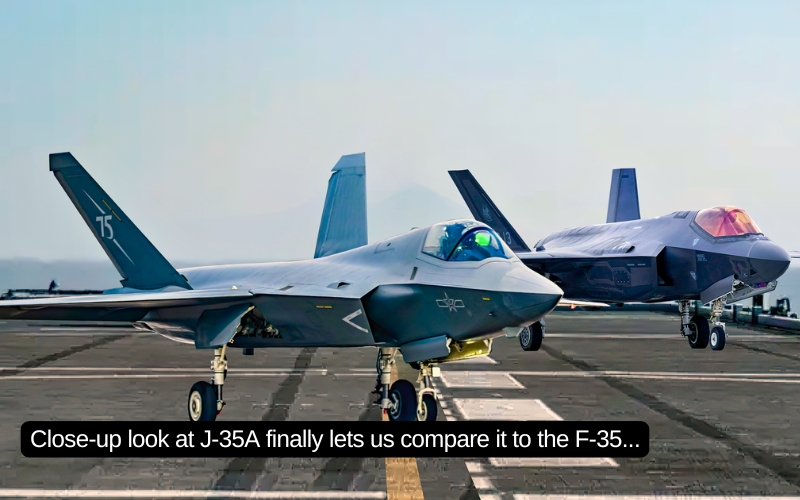The US Air Force conducted a flight test that paves the way for AI-piloted fighter jets to man the skies.
The military group flew its Skyborg Autonomy Core System (ACS) for two hours and 10 minutes over Florida and Gulf of Mexico on April 29. The technology is a combination of hardware and software designed to act as a brain for a drone, allowing it to conduct operations without human interference.
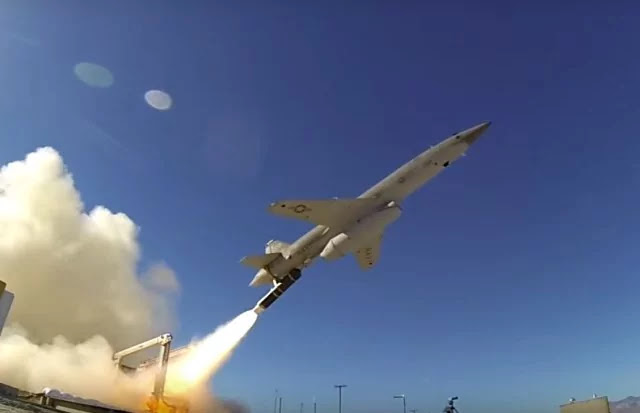
Fitted to a Kratos UTAP-22 tactical unmanned vehicle, the ACS demonstrated basic aviation capabilities and responded to navigational commands, while reacting to geo-fences, adhering to aircraft flight envelopes and demonstrating coordinated maneuvering.
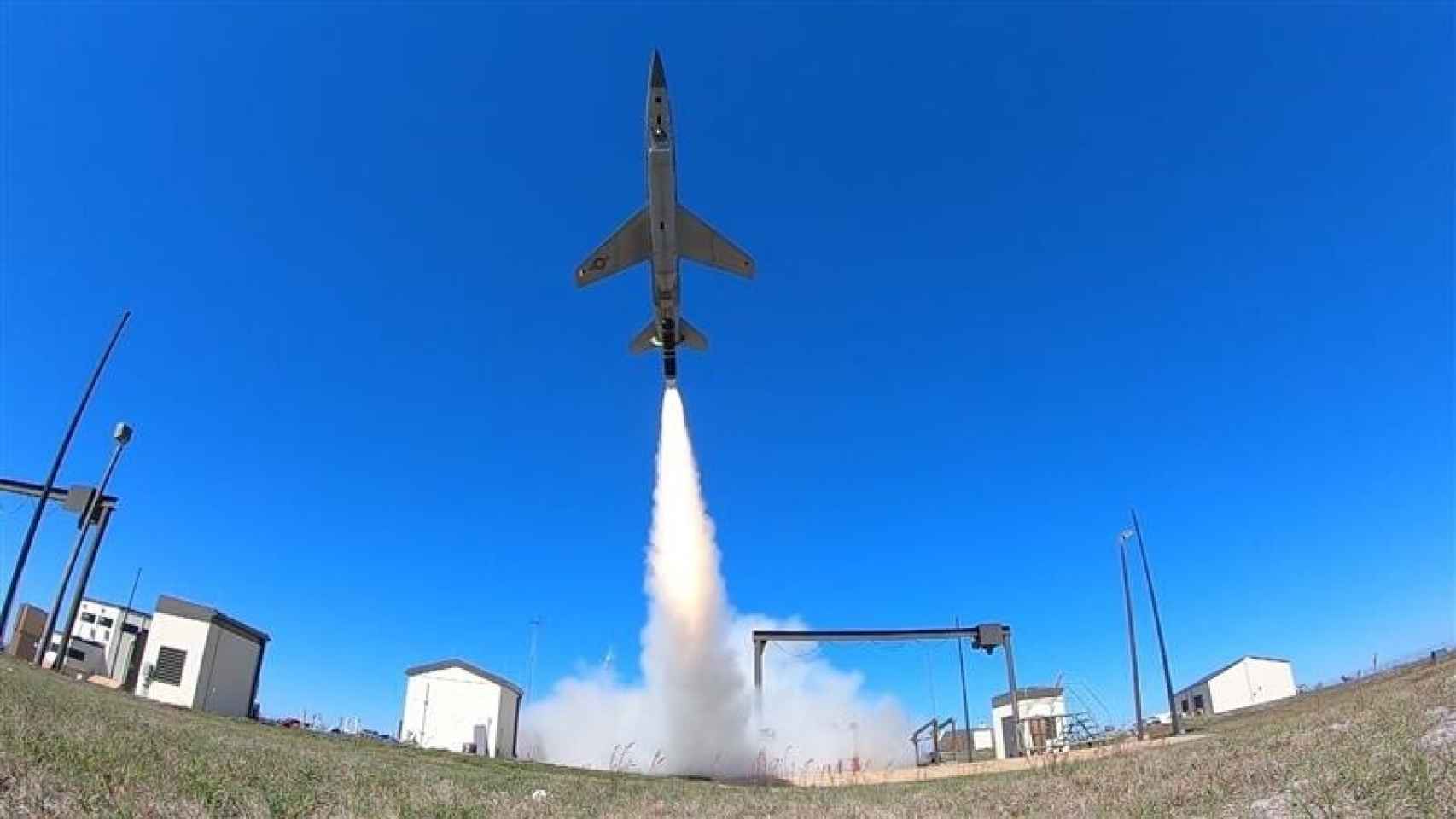
The drone took off from Tyndall Air Force Base in Florida last month, the US Air Force announced the milestone last week.
Brig. Gen. Dale White, program executive officer for fighters and advanced aircraft as the Skyborg PEO, said: ‘We’re extremely excited for the successful flight of an early version of the ‘brain’ of the Skyborg system. It is the first step in a marathon of progressive growth for Skyborg technology. These initial flights kick off the experimentation campaign that will continue to mature the ACS and build trust in the system.’

The successful flight test is only the tip of the iceberg, as the Air Force aims to unleash a fleet of Skyborg drones that will operate alongside manned fighter jets and take on missions that would endanger human pilots. And the Skyborg can accompany a crewed fighter jet to provide assistance.
Using the system is not just a flash machine, but it will also increase pilot survivability, Popular Mechanics reports. Skyboard also reduces cost for the military – using a single drone without soldiers is half the cost of piloted flights. And being able to send a drone at a moments notice will boost operations abilities, but letting groups carry out missions soon.
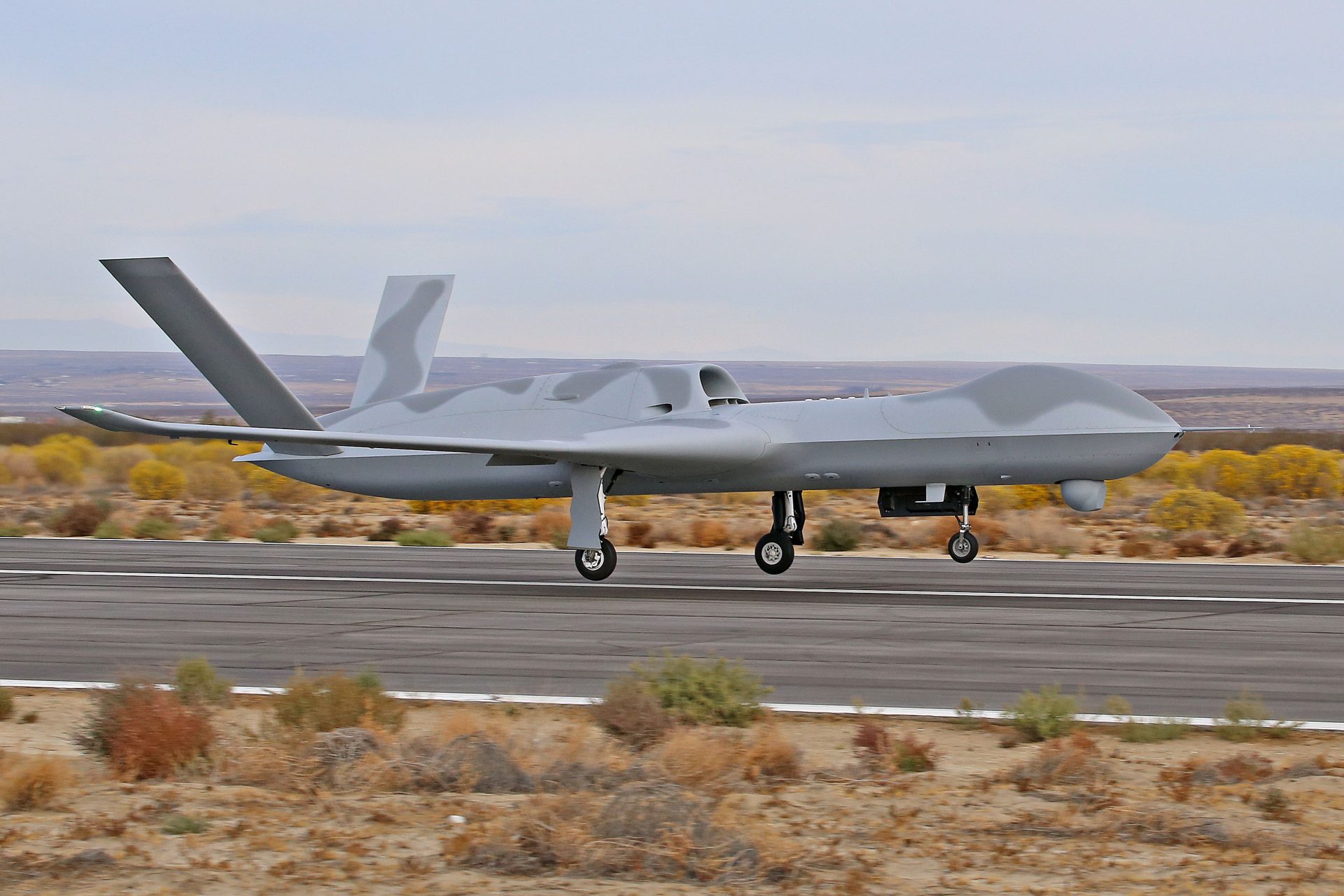
Brig. Gen. Scott Cain, serves as the executing agent for these test missions, said: ‘As we have throughout our history, the test enterprise is adapting our people and capabilities to support this rapidly maturing technology, and the execution of this flight test is a great milestone for our closely integrated development and acquisition team.
‘Safely executing this test and providing the knowledge needed to advance the technology is at the heart of what we do. And as always, we’re highly motivated to help bring war-winning technology to the next fight.’
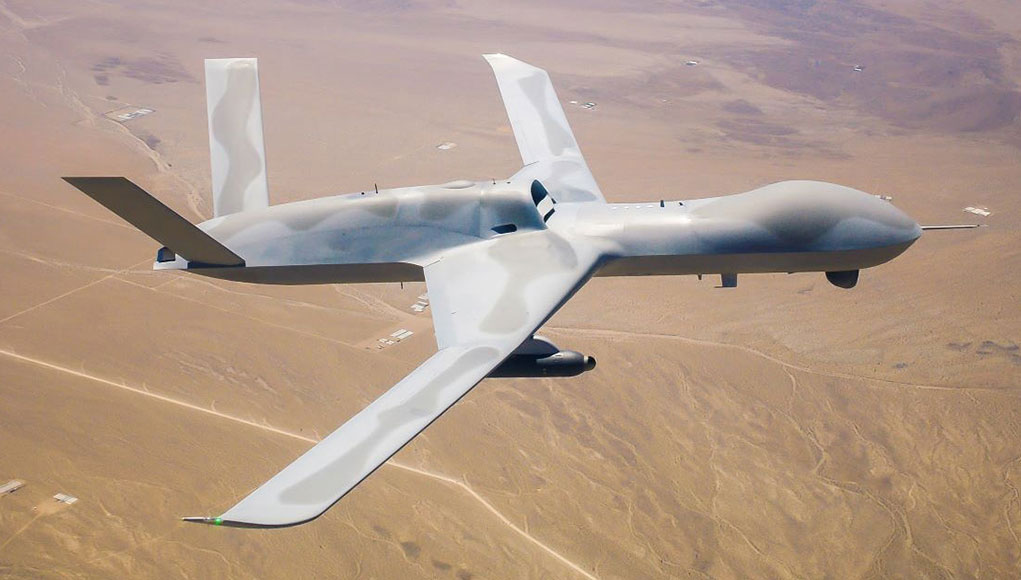
Share or comment on this article: US Air Force’s ‘AI brain’ takes flight in tactical drone that soared with human controllers.









